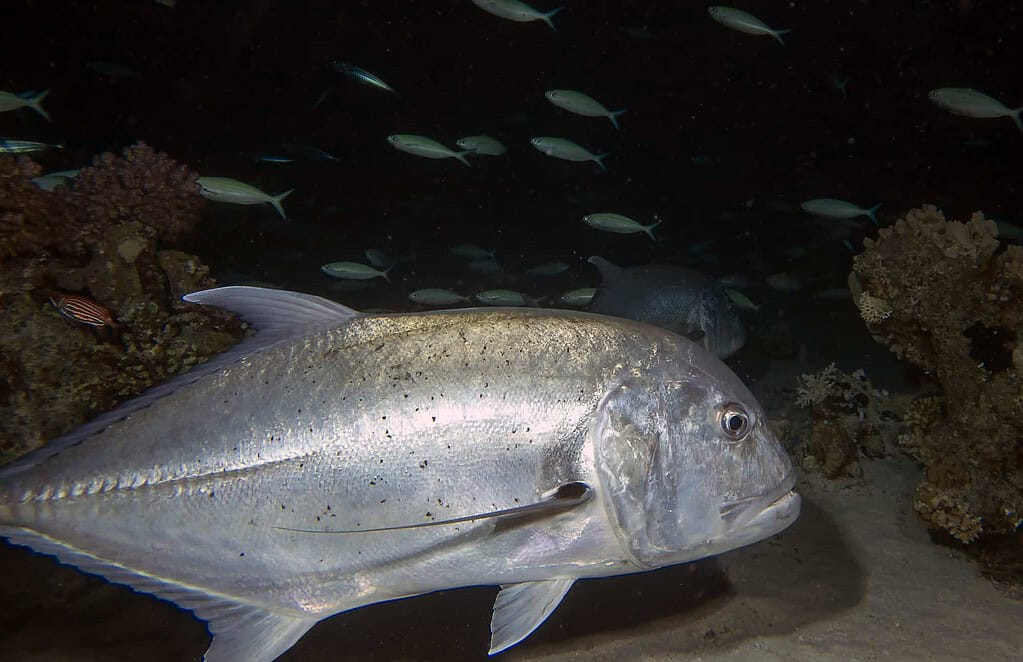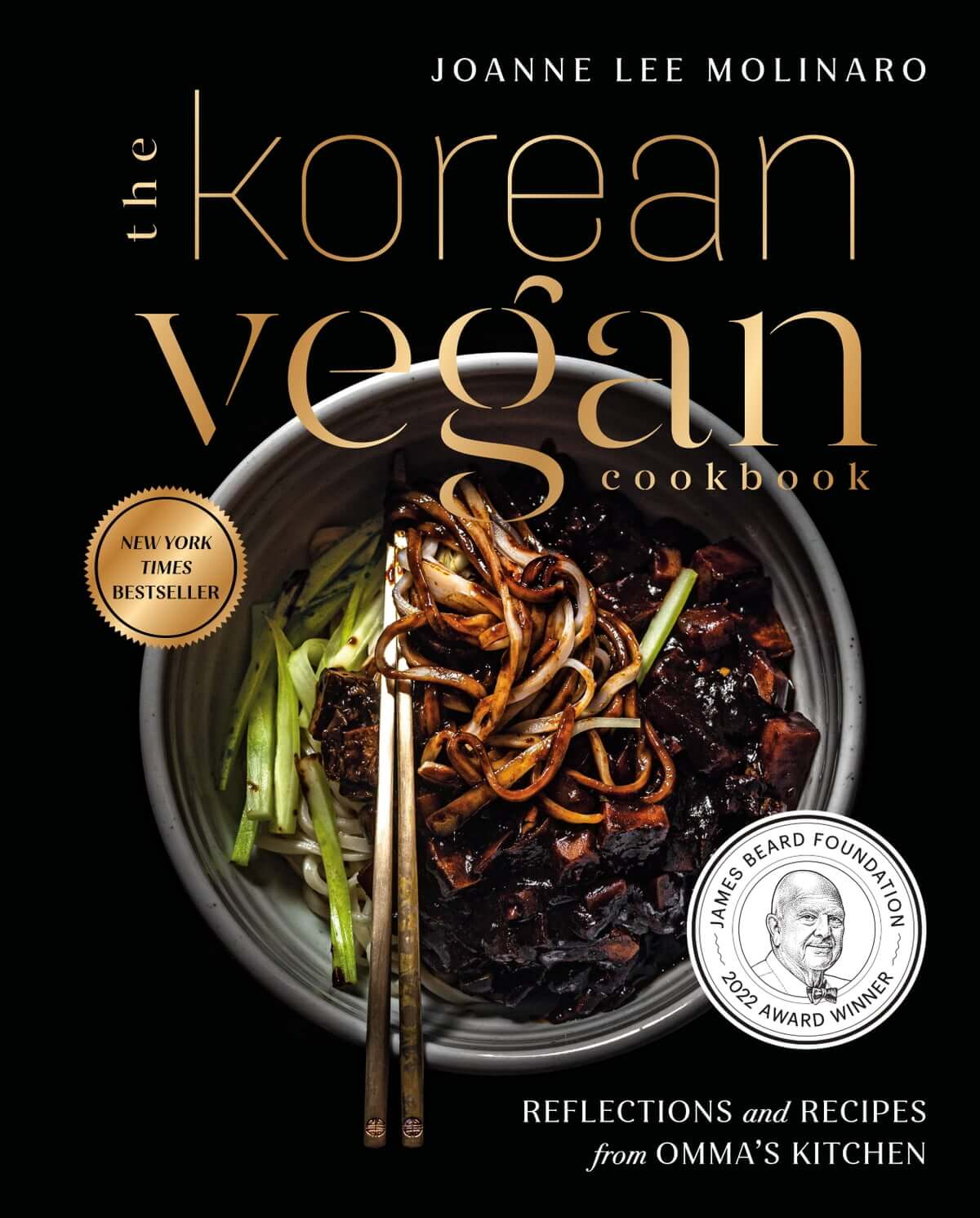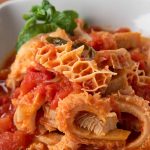Fish is a staple food in Hawaii since it is surrounded by large bodies of water, where about 50 types of fish dwell. One of them is the Hawaiian Papio, a local favorite and a must-try for anyone who visits the island.
Hawaiian Papio fish is a mild-tasting fish served in most restaurants in Hawaii. It is versatile and can be prepared in different ways — steamed, pan-fried, baked or grilled. You can even eat it raw.
In this article, I will talk more about the Papio fish, including how it differs from other fish species, how to cook it, and what it tastes like. You will also discover the most likely places to find Hawaiian Papio fish. Keep reading.
What Is Papio Fish (and What Is Its English Name?)
Papio fish is part of the Carangidae family, often found in tropical locations, including Hawaii. It is also called jack or trevally fish and is well-loved by both locals and tourists on the island.
Aside from being one of the main dishes in Hawaii, the Papio is a common game fish and can grow to more than 100 pounds or 45.4 kilograms (source: Hawaii Department of Land and Natural Resources).
There are specific size requirements for fish to be sold or used for recreational purposes in Hawaii. For sale purposes, Papio and Ulua need to be 16 inches (40.6 centimeters) and 10 inches (25.4 centimeters) for game fish (source: Fishing.org).

Papio vs Ulua Fish: What Is the Difference?
Although Papio and Ulua fish are the same, they are named differently depending on their weight. The fish is called Papio if it is less than 10 pounds (4.5 kilograms), while it is called Ulua if it is 10 pounds (4.5 kilograms) and above. (source: The Infinite Kitchen).
And according to Hawaii’s Department of Land and Natural Resources, Ulua fish commonly dwell near shore reefs, while Papio fish live by the shore.
How Do You Cook Papio Fish?
The Papio fish is versatile and can be cooked and served in many ways, including steamed, pan-fried, baked, grilled, or raw. However, it’s best to clean the fish first, regardless of how you choose to cook it. (source: GourmetSleuth)
Steamed Papio
There is a popular recipe by James Temple, a chef residing in Hawaii, that many people have suggested. His recipe requires steaming the fish in a flavorful sauce (source: Nomlist) using popular ingredients, such as:
- Ginger
- Sesame oil
- Light soy sauce
The fish and sauce are placed in a 400°F (204°C) oven for twenty minutes before serving with some rice or salad.
Pan-Fried Papio
Pan-frying is one of the most common and easiest ways to cook Papio fish. You will only need a couple of ingredients, namely:
- Oil
- Preferred seasonings
- Flour
Here’s how to cook it:
- Start by seasoning your fish before coating it with flour on both sides.
- Once your oil is hot, place the fish in the pan and fry each side for four to five minutes.
- Serve it with some rice or vegetables.
Baked Papio
If you prefer omitting oil for a healthier option, you can bake the Papio fish instead.
- Preheat your oven to 400°F (204°C).
- Follow the above steps for pan-fried Papio without adding the flour and oil. Then place the seasoned fish on a baking sheet and cover it up with a piece of aluminum foil.
- Place it inside the oven for about twenty minutes.

Grilled
If you want something less complicated, grilling the Papio fish is another excellent way to prepare it (source: Fish of the Day). For this method, you will only need:
- Clarified butter or oil
- Salt and pepper to season
- Grill
To cook:
- Cut your fillets evenly, about one centimeter (⅖ of an inch) each.
- Coat them with butter or oil and season with salt and pepper.
- Place the filets on the grill and when they turn white a third of the way, flip them and do the same to the other side.
- Once both thirds of each side turn white, remove the fillets from the grill and allow them to rest until fully cooked.
Raw (Sashimi)
Like tuna or salmon, Papio can also be served as sashimi. You can eat it as you would sashimi or turn it into a nigiri for variation.
Check out this video from On Fire Fishing Hawaii’s YouTube channel, where Joe Wadahara demonstrates how to cut the fish properly:
Aside from the basic ways of cooking Papio fish mentioned above, here is a video from Cooking Typical Hawaiian Style’s YouTube channel where they share a recipe on how to make stuffed Papio:
What Does Papio Fish Taste Like? Is It Good To Eat?
Papio is mild-tasting, quite meaty, and flaky, making it an excellent fish for various dishes.
Of course, taste is a subjective experience, but if you like other similar white fish such as mahi mahi, grouper or snapper then you’ll probably like Papio fish, too.
Where Can You Catch Papio or Ulua Fish in Hawaii?
In Hawaii, Papio and Ulua fish are often found by the shore, surrounded by rocky cliffs. You can find them at the Kakaako Waterfront Park, Waikiki end of Ala Moana Park, Ewa Beach Park and Bamboo Ridge. (source: Fishing Booker)
How To Catch Papio or Ulua Fish
There are various ways to catch Papio or Ulua fish. Some work better for Papio and vice-versa. So before you go out to catch either, check out the methods below to see which one works best for you.
Whipping
This method is commonly used for areas surrounded by reefs and is best for catching Ulua. It uses rigs with bait, such as squid or goatfish. These are cast out into the water to retrieve the fish.
Check out this video from Shaka Fishing’s YouTube channel to learn more about this popular fishing technique:
Dunking
This method uses a line attached to a fishing pole with a baited hook at the end. The line gets dropped and left in the water until you lure your first catch. Some baits recommended for dunking include squid, shrimp, or octopus.
Here is a video from Saltwaters Hawai’i that explains in-depth how to use this method:
Best Time To Catch Papio or Ulua Fish
You can fish for Papio or Ulua all year round. However, the best months to try are between May and September.
The months of January to March and November to December are considered low season, hence you are bound to catch less fish.
If you are visiting Hawaii soon, do not miss out on trying some Papio or Ulua and finding out why they are a beloved fish by locals and tourists. And if you are up for it, check out the places I mentioned in this article and experience catching them yourself!













Comments are closed.